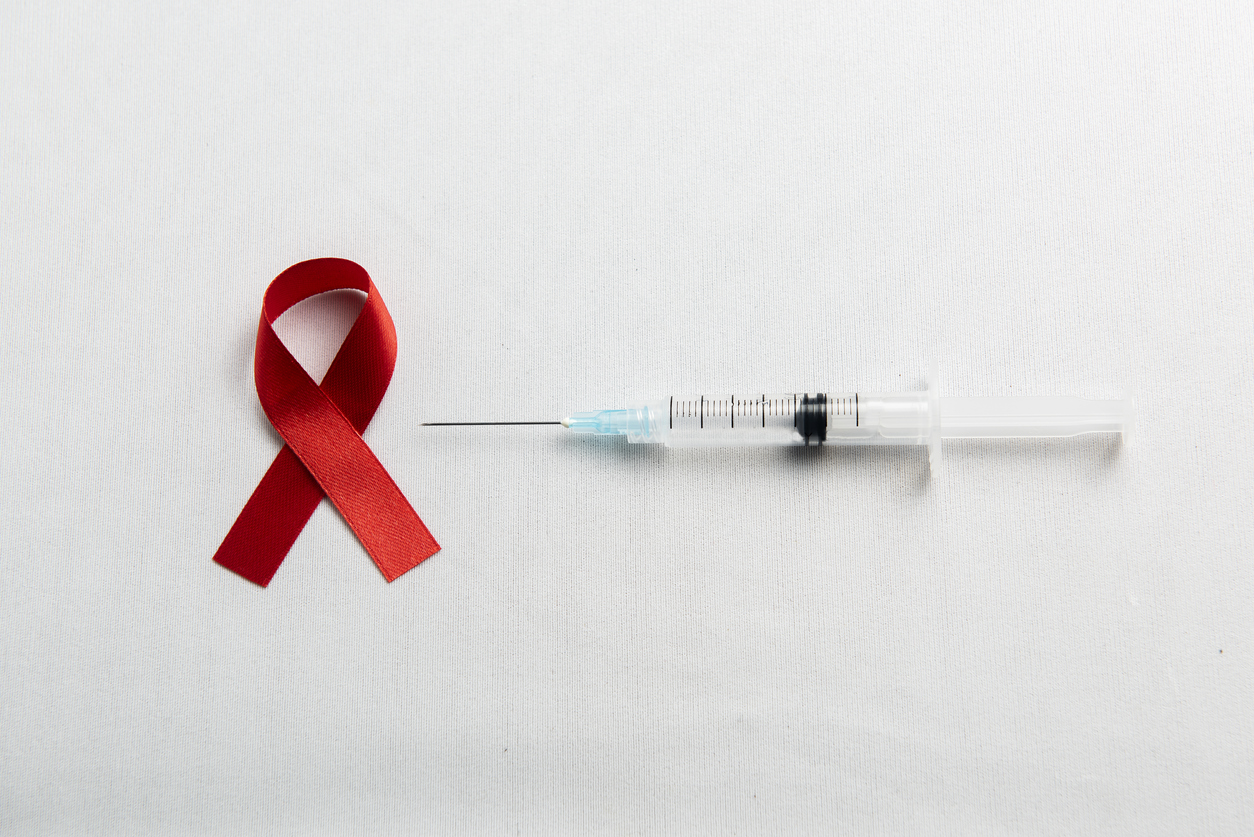2025-08-05
Jellyfish collagen: a high-value marine resource?
Dermatology and Venereology
By Ana Espino | Published on August 05, 2025 | 2 min read
#Jellyfish #Collagen #Cosmetics #Biomaterial
Jellyfish, often perceived as a nuisance, are proliferating massively in the Mediterranean due to climate change and overfishing. This demographic explosion raises ecological and economic concerns. However, it could also represent an unprecedented biotechnological opportunity, notably through the exploitation of the collagen they contain.
Collagen, widely used in the biomedical and cosmetic industries, currently comes primarily from bovine, porcine, or traditional marine sources, with ethical, religious, and zoonotic risks. Jellyfish collagen (particularly Rhizostoma pulmo) appears as a promising, biocompatible, sustainable alternative with no known zoonotic risks.
However, its valorization remains limited by a lack of standardization, toxicological data, and understanding of its biochemical properties compared to conventional collagens. In this context, this study was initiated to explore the potential of jellyfish collagen as a sustainable biomedical and cosmetic resource, assessing its structural properties, applications, and the technical barriers to overcome.
Experimental results—from projects like GoJelly, Blue Bio Med, and MED-JELLYRISK—confirm the multifunctional potential of collagen extracted from jellyfish, particularly Rhizostoma pulmo. This collagen stands out for its high biocompatibility, low immunogenicity, and ability to support cell proliferation, making it suitable for applications in cell culture, regenerative medicine, and skin engineering. It can be transformed into hydrogels, membranes, sponges, or 3D matrices, offering great formulation flexibility. Additionally, its gelling, film-forming, and moisturizing properties open promising prospects in natural cosmetics and the development of innovative dermatological care products.
Nonetheless, several obstacles hinder its large-scale integration: the lack of industrial production standards, significant variability between species and batches, the seasonality of the resource, and the lack of toxicological and clinical data required for regulatory approvals in human health.
The massive accumulation of jellyfish in the Mediterranean, often seen as an ecological nuisance, raises major environmental management issues. However, recent studies suggest they could also become a valuable source of biomaterials, particularly in the form of collagen. The main challenge lies in the industrial valorization of this still underutilized biomass. The absence of standardized production protocols, interspecific variability, seasonality of harvests, and regulatory uncertainties currently hinder its integration into biomedical and cosmetic industries.
This review aimed to assess the current knowledge about jellyfish collagen, analyzing its biochemical properties, application potential, and the obstacles to be overcome for its implementation. The available data confirms that it is a promising material: biocompatible, low in immunogenicity, adaptable into various formats (hydrogels, membranes, films), and suitable for use in regenerative medicine and dermocosmetics.
Building on these advancements, transforming jellyfish collagen into a sustainable industrial resource will require close coordination between scientific research, process engineering, and regulatory validation to make it a true driver of circular innovation.
About the author – Ana Espino
As a scientific writer, Ana is passionate about bridging the gap between research and real-world impact. With expertise in immunology, virology, oncology, and clinical studies, she makes complex science clear and accessible. Her mission: to accelerate knowledge sharing and empower evidence-based decisions through impactful communication.
#Jellyfish #Collagen #Cosmetics #Biomaterial
Jellyfish, often perceived as a nuisance, are proliferating massively in the Mediterranean due to climate change and overfishing. This demographic explosion raises ecological and economic concerns. However, it could also represent an unprecedented biotechnological opportunity, notably through the exploitation of the collagen they contain.
Collagen, widely used in the biomedical and cosmetic industries, currently comes primarily from bovine, porcine, or traditional marine sources, with ethical, religious, and zoonotic risks. Jellyfish collagen (particularly Rhizostoma pulmo) appears as a promising, biocompatible, sustainable alternative with no known zoonotic risks.
However, its valorization remains limited by a lack of standardization, toxicological data, and understanding of its biochemical properties compared to conventional collagens. In this context, this study was initiated to explore the potential of jellyfish collagen as a sustainable biomedical and cosmetic resource, assessing its structural properties, applications, and the technical barriers to overcome.
Is jellyfish collagen ready for labs and creams?
Experimental results—from projects like GoJelly, Blue Bio Med, and MED-JELLYRISK—confirm the multifunctional potential of collagen extracted from jellyfish, particularly Rhizostoma pulmo. This collagen stands out for its high biocompatibility, low immunogenicity, and ability to support cell proliferation, making it suitable for applications in cell culture, regenerative medicine, and skin engineering. It can be transformed into hydrogels, membranes, sponges, or 3D matrices, offering great formulation flexibility. Additionally, its gelling, film-forming, and moisturizing properties open promising prospects in natural cosmetics and the development of innovative dermatological care products.
Nonetheless, several obstacles hinder its large-scale integration: the lack of industrial production standards, significant variability between species and batches, the seasonality of the resource, and the lack of toxicological and clinical data required for regulatory approvals in human health.
A marine resource to tame
The massive accumulation of jellyfish in the Mediterranean, often seen as an ecological nuisance, raises major environmental management issues. However, recent studies suggest they could also become a valuable source of biomaterials, particularly in the form of collagen. The main challenge lies in the industrial valorization of this still underutilized biomass. The absence of standardized production protocols, interspecific variability, seasonality of harvests, and regulatory uncertainties currently hinder its integration into biomedical and cosmetic industries.
This review aimed to assess the current knowledge about jellyfish collagen, analyzing its biochemical properties, application potential, and the obstacles to be overcome for its implementation. The available data confirms that it is a promising material: biocompatible, low in immunogenicity, adaptable into various formats (hydrogels, membranes, films), and suitable for use in regenerative medicine and dermocosmetics.
Building on these advancements, transforming jellyfish collagen into a sustainable industrial resource will require close coordination between scientific research, process engineering, and regulatory validation to make it a true driver of circular innovation.
Read next: Essential oils and skin: the synergy of plants and nanoscience
About the author – Ana Espino
PhD in Immunology, specialized in Virology

Last press reviews
Twice-yearly injections to change the game?

By Ana Espino | Published on December 3rd, 2025 | 3 min read
HIV & young people: what if we changed the rules?

By Ana Espino | Published on December 2nd, 2025 | 2 min read
